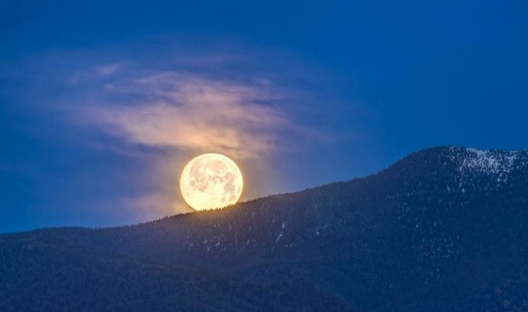“What I must do is all that concerns me, not what the people think. This rule, equally arduous in actual and in intellectual life, may serve for the whole distinction between greatness and meanness.”
Ralph Waldo Emerson, “Self-Reliance” (1839-1840)
We are more at home with illusion than we are with the reality before us. It seems quite natural for us to walk away from facts when they don’t support our illusions — and our emotional attachments to them. Our minds and our eyes always fool us. We even reject the notion that they do — a catch 22 if there ever was one.
Consider this: Why does the moon look so much bigger when it is near the horizon?

Most scientists agree that the reason the moon looks bigger is purely in our minds. Our mind interprets the things we see in interesting ways.
Like facts.
One theory about the moon illusion says that when the moon is near the horizon we perceive it to be farther away from us than when it is high in the sky. But since the moon is actually the same size, our minds make it look bigger when it is near the horizon to compensate for the increased distance.
Like danger.

